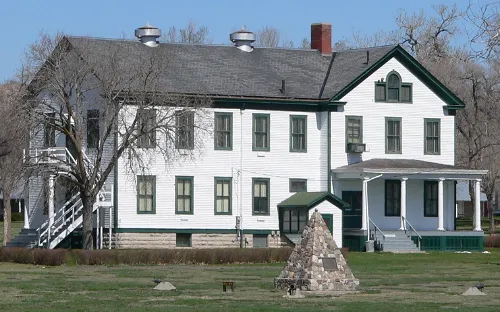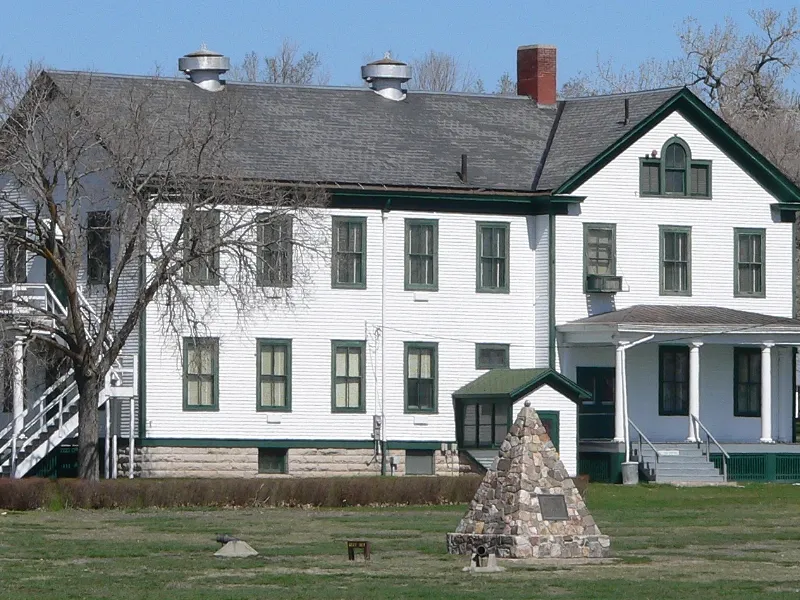Fort Robinson History Center and its collection
Fort Robinson, originally known as Camp Robinson, is a significant historical site in Nebraska. Established on March 8, 1874, by the United States Army, it is located near the present-day town of Crawford. The fort was named in honor of Lieutenant Levi H. Robinson and served as a military post during significant periods in American history.
The Surrender and Death of Crazy Horse
In 1877, the Sioux Lakota chief Crazy Horse, along with three hundred Sioux families, surrendered at Fort Robinson. They were exhausted by the harsh winter of 1876-1877 and the relentless pursuit of soldiers. However, Crazy Horse was subsequently imprisoned and killed at the fort. This event is a significant part of the fort's history and provides insight into the struggles faced by Native American tribes during this period.
The Fort Robinson Massacre
Two years after the surrender of Crazy Horse, in the winter of 1878-1879, the Fort Robinson massacre took place. Several dozen Northern Cheyennes, led by Chief Dull Knife, were killed after they refused to stay confined in their Kansas reserves and attempted to reach their traditional territories in Wyoming and Montana. They were imprisoned at the fort, deprived of food and heating fuel, and killed when they tried to escape. This tragic event is a significant part of the fort's history.
History & Anthropology Historic house War Ethnology

